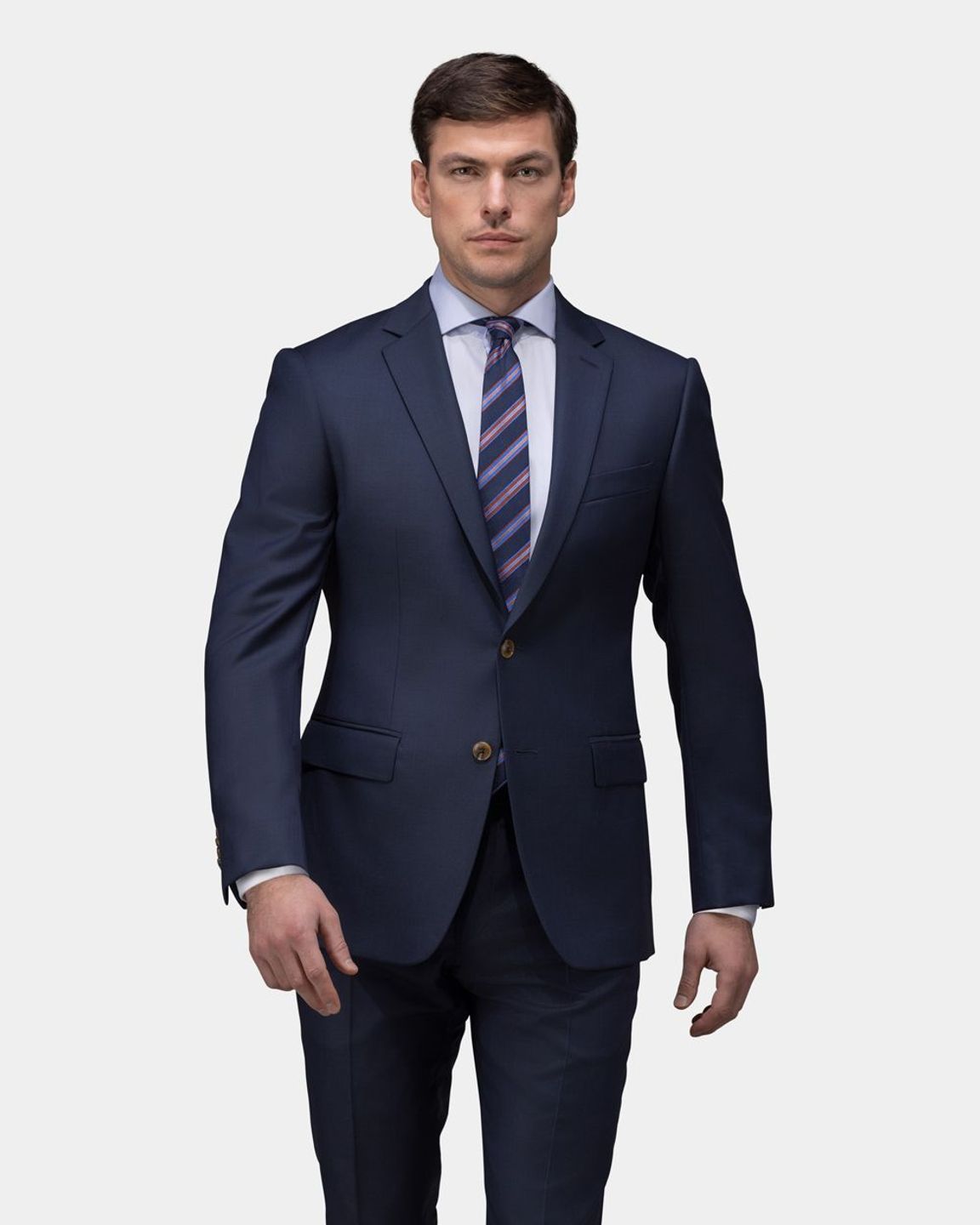Custom Suits Perth: Stand Out with a Tailor-made Suit
Custom Suits Perth: Stand Out with a Tailor-made Suit
Blog Article
Understanding the Tailoring Process: From Fabric Choice to Final Suitable for the Suitable Closet
The customizing procedure is a complicated interplay of art and scientific research, starting with the critical choice of material selection and finishing in the exact modifications of final installations. Each material type brings one-of-a-kind top qualities that influence not only the visual charm but additionally the garment's durability and suitability for numerous events.
Importance of Textile Choice
Choosing the appropriate material is crucial in the customizing process, as it straight influences the convenience, longevity, and general aesthetic of the last garment. The selection of textile sets the structure for the garment's performance, capability, and style. Various materials have distinct homes, such as breathability, stretch, and weight, which can significantly influence how the garment drapes and fits the body.

A tailored item made from an ideal textile not only showcases craftsmanship but additionally boosts the wearer's confidence. Subsequently, recognizing the nuances of fabric option is vital for any type of tailoring undertaking. It makes certain that the last product not just meets the visual wishes of the client yet likewise aligns with practical requirements, therefore accomplishing a harmonious equilibrium between type and function in the customized wardrobe.
Kinds of Fabrics and Their Uses
Recognizing the various sorts of materials readily available is important for making educated decisions throughout the tailoring procedure. Each fabric has unique attributes that dictate its viability for specific garments and events.
Cotton, known for its breathability and gentleness, is excellent for informal wear and summer season apparel. Its flexibility permits it to be tailored into every little thing from shirts to gowns. Woollen, on the other hand, is favored for its heat and framework, making it an excellent selection for official fits and outerwear. Its all-natural flexibility aids garments preserve form gradually.
Silk shows luxury and is lightweight, making it best for eveningwear and fragile blouses; however, it needs cautious handling as a result of its delicacy. Bed linen, with its textured finish, is a popular option for warm climates, supplying a crisp and ventilated feeling, yet it wrinkles conveniently, which might influence the garment's look.
Artificial textiles, such as polyester and nylon, deal durability and resistance to wrinkles, making them suitable for everyday wear and active clothing. Understanding these fabric types and their homes enables for much better decision-making, making sure that each tailored piece not only fits well but also straightens with the desired objective and event.
The Tailoring Methods Discussed
The art of tailoring relies upon a variety of strategies that change material into well-fitted garments. Central to this process is pattern composing, where a dressmaker produces design templates based on the customer's dimensions and preferred style. This first action makes sure that the garment will fit the user effectively before any reducing happens.
Once patterns are developed, reducing techniques enter into play. Accuracy is critical as inaccuracies can bring about misfitting garments. Tailors commonly utilize numerous reducing methods, such as single-layer reducing for elaborate designs and multiple-layer reducing for efficiency on typical patterns.
Basting is one more important strategy, enabling dressmakers to briefly stitch material pieces with each other for a preliminary installation (tailored suits perth). This technique offers the possibility to assess the drape and general silhouette before last stitching
Seaming methods, including flat-felled seams and French joints, enhance the garment's toughness and aesthetic charm. Tailors additionally utilize strategies such as interfacing and padding to supply framework and shape to certain locations, like collars and shoulders.
Lastly, completing strategies, including hemming and edge ending up, ensure the garment's durability while giving a polished look. With each other, these strategies form the backbone of effective tailoring, leading to elegant, custom-fit clothing.

Suitable Modifications and Considerations
After the initial customizing methods have been used and the garment is built, fitting changes end up being critical to achieving the excellent fit. These modifications deal with numerous elements of the garment, ensuring it contours to the user's body shape and enhances total appearance.

The increase of pants is an additional vital aspect; it ought to rest easily over the hips without creating pain, permitting convenience of activity. Hemming sizes for both trousers and skirts must show the wearer's favored style while respecting proportions.
Moreover, attention needs to be offered to the rear of the garment, making sure that there are no unattractive pulls or excess material - tailor suits perth. Each adjustment needs to be diligently taken into consideration, as even minor changes can dramatically affect the general fit and aesthetic of the customized piece, ultimately leading to a closet that radiates confidence and sophistication
Keeping Your Tailored Clothing
Always adhere to the care label home guidelines, which may advise dry cleansing for fragile materials or equipment washing for even more durable materials. Stay clear of regular laundering, as this can put on down the fabric and change the garment's form.
Storage is similarly vital; use padded wall mounts for jackets and coats to preserve shoulder framework, and store trousers folded up nicely or hung to avoid creasing. Secure garments from straight sunlight, which can fade shades and damages fibers.
In addition, routine examinations for small repairs can prevent larger issues. Look for loose switches, tearing joints, or indicators of moth damages, resolving these troubles without delay to keep the garment's honesty.
Last but not least, take into consideration seasonal turning. Using tailored pieces in moderation permits textiles to recoup, prolonging their life expectancy. By executing these maintenance strategies, you can try here ensure that your customized garments stay as excellent as the day you first wore them, boosting your suitable closet for many years to come.
Verdict
The customizing process, including fabric choice, skilled methods, and specific fitting changes, plays an essential duty in creating garments that improve both convenience and style. Comprehending the relevance of maintenance prolongs the life of customized garments, solidifying their value in a well-curated closet.
Report this page